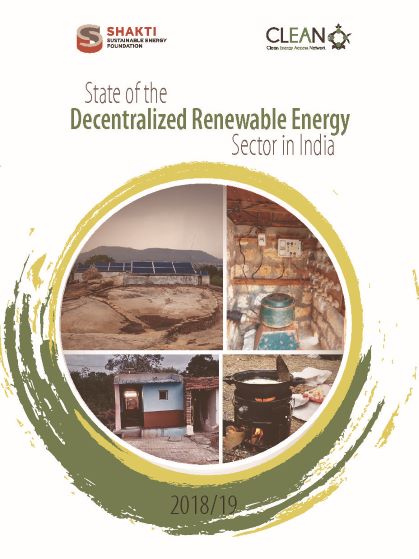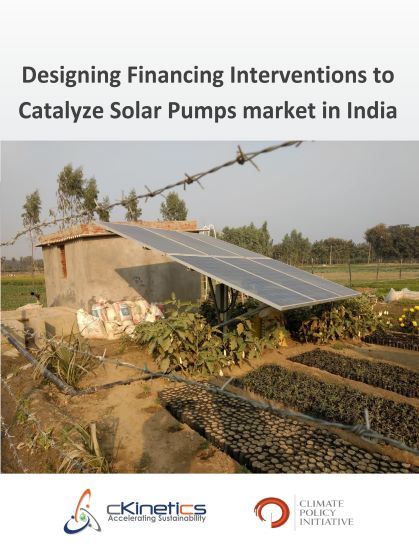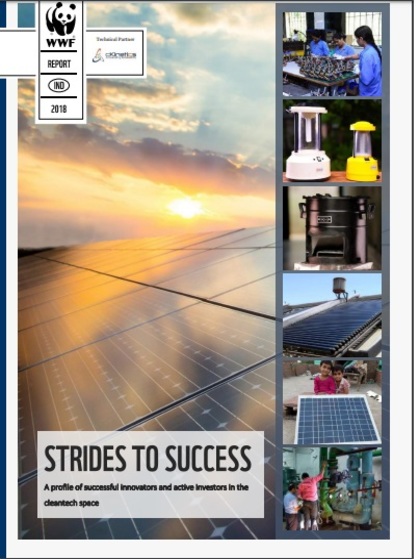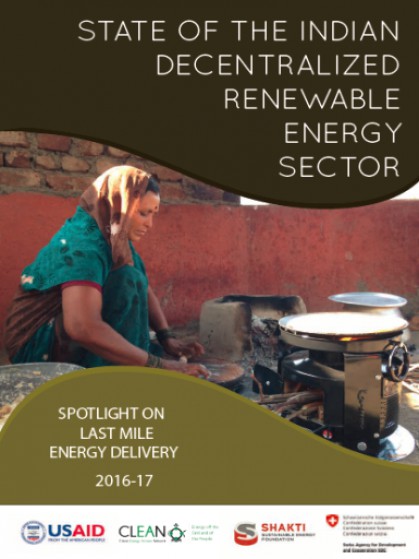Access to Clean Cooking Energy and Electricity
To understand energy access and consumption among rural households at a granular level, CEEW undertook the first dedicated energy access survey in India, ‘Access to Clean Cooking Energy and Electricity—Survey of States’ (ACCESS), between late 2014 and early 2015. The survey was carried out in six of the major energy-access-deprived states of India—Uttar Pradesh, Bihar, Jharkhand, Madhya Pradesh, Odisha, and West Bengal—with support from Shakti Sustainable Energy Foundation, and in association with the Department of Political Science, Columbia University. The framework used to measure access to electricity and cooking energy was inspired by the multitier framework (MTF) proposed in 2014 by the World Bank and the Energy Sector Management Assistance Program (ESMAP). The ACCESS framework lends itself to the evaluation of energy access as a multidimensional, multitier issue, going beyond unidimensional and binary definitions. On a four-tier scale, ACCESS 2015 showed that between 65 and 97 per cent of rural households in the six states were in the bottom two tiers in terms of electricity access, and between 91 and 97 per cent were in the bottom two tiers in terms of cooking energy access. ACCESS 2015 highlighted the need to look beyond connections and consider the role of affordability and supply-side bottlenecks in improving access to energy. The report, as well as the underlying data, were used from 2015–2018 to provide tailored recommendations to the central and state governments, with the aim of addressing the barriers to energy access faced by rural populations in specific areas and regions.
As per ACCESS 2018, 84 per cent of households in these states are already connected to the grid, and this number is increasing rapidly under the Saubhagya scheme. More notably, around 80 per cent of rural households depend on grid electricity and solar home systems and/or solar lanterns for their primary lighting needs, up from 44 per cent in 2015. Consequently, the share of rural households who reported that they depend on kerosene as their primarily source for lighting has seen a significant reduction from more than 50 per cent in 2015 to less than 20 per cent in 2018. However, while the quality and reliability of supply has improved in all states but West Bengal, for a majority of households, they remain the barrier to moving to higher tiers.
It is abundantly clear that the policies undertaken by the government since 2015 to promote energy access (mainly Saubhagya and PMUY) have yielded encouraging results for rural households, but there remains much scope for policy action in both electricity and cooking energy space if better energy access is to be achieved for all. Such multidimensional and multi-tier assessment assessments are useful to gauge the impact of policies on a wide range of variables over time, offering critical insights that can lead to a more nuanced understanding of the situation, and targeted action that will result in an improvement of access to energy over time.
Click here to read the full report




